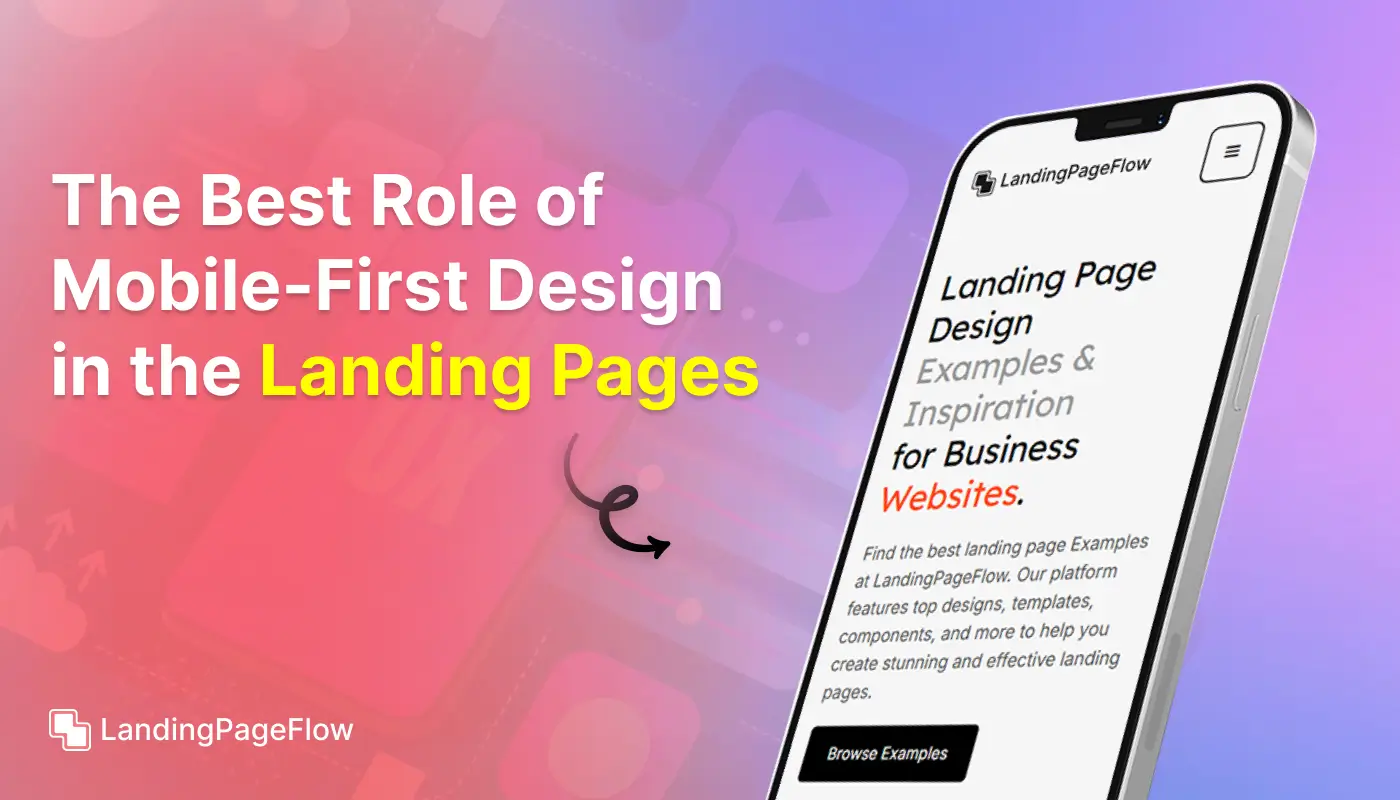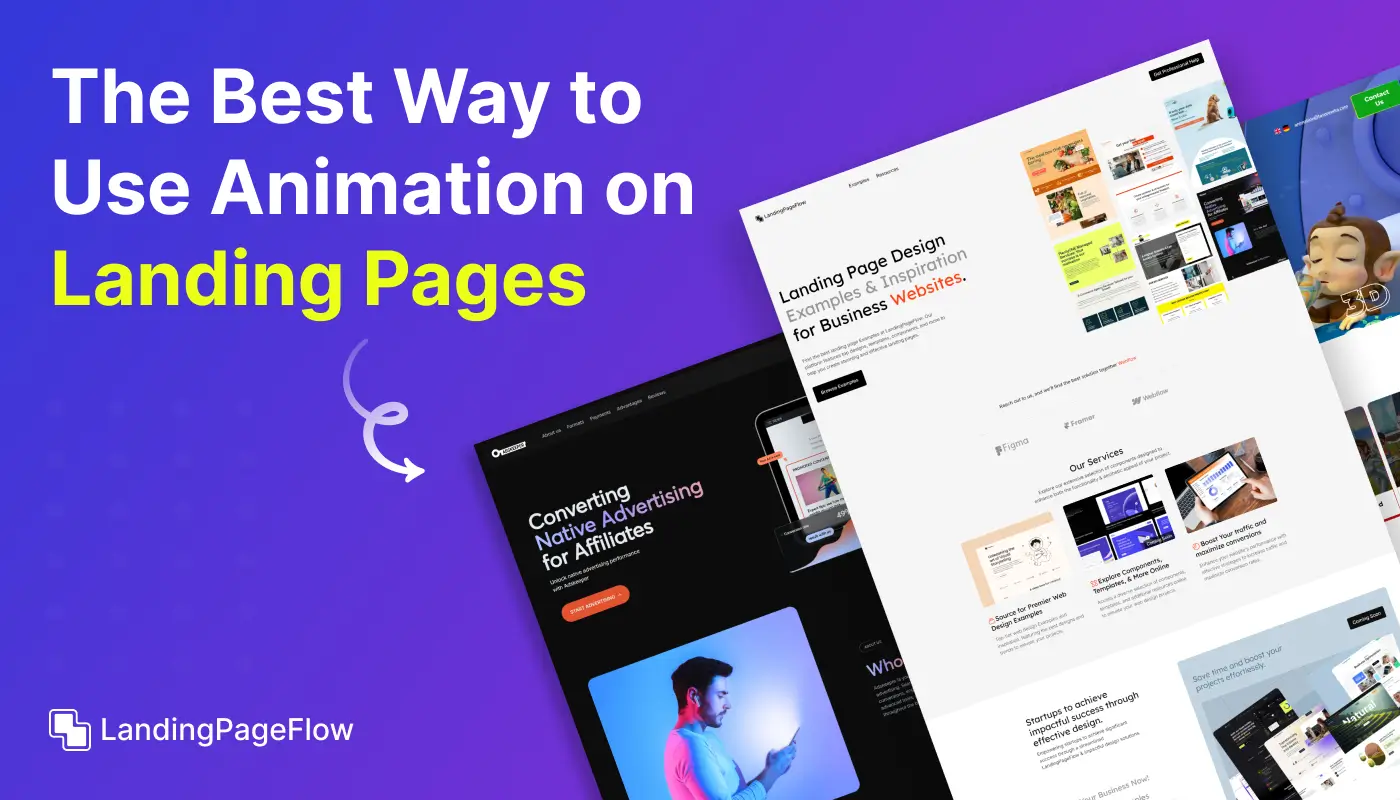Elevate your Marketing with Facebook Landing Pages | Secrets to Stand Out

November 18, 2025
Creating a lasting first impression in digital marketing starts where your audience first lands, making Facebook landing pages a vital tool for businesses.
An effective landing page is more than visuals; it’s about presenting a clear message, persuasive structure, and direct call-to-action that resonates.
Each visitor that clicks your ad is a potential lead, and guiding them through a focused landing page journey significantly increases conversion chances.
Facebook’s integration with business tools makes it possible to create seamless marketing funnels that support measurable results at scale.
Marketers who understand the psychology of their audience can design landing pages that not only attract clicks but also encourage meaningful actions.
Every decision in the design process should connect back to the primary goal: turning traffic into loyal customers and building long-term growth.
"Struggling to convert ad clicks into leads?
Claim your free resource & create landing pages."
Table of Contents
- What is a Facebook Landing Page?
- Why You Need a Facebook Landing Page?
- Key Elements of a High-Converting Facebook Landing Page
- Step-by-Step Guide to Building a Facebook Landing Page
- Best Practices to Stand Out and Drive Engagement
1. What is a Facebook Landing Page?

A Facebook landing page is a standalone webpage tailored to traffic coming from Facebook campaigns. It’s where visitors land after clicking on your ad, and it serves as a focused environment to turn these visitors into customers, leads, or subscribers.
These pages are designed to complement Facebook ads, ensuring the ad message aligns with the content and call-to-action (CTA) on the landing page.
2. Why You Need a Facebook Landing Page?

Creating a dedicated Facebook landing page offers several key advantages:
- Improved Conversion Rates: A dedicated page provides relevant information aligned with the ad, minimizing distractions and guiding visitors to take action.
- Seamless User Experience: With targeted content matching the ad’s tone, users are more likely to convert.
- Enhanced Ad Performance: Facebook’s algorithm favors ads with higher engagement and conversions, reducing your ad costs.
- Clear Tracking and Optimization: By linking Facebook campaigns with a landing page, you can measure results accurately and make data-driven improvements.
3. Key Elements of a High-Converting Facebook Landing Page

1. Compelling Headline
The headline must be concise, benefit-driven, and relevant to the ad. It should capture attention immediately and match the promise made in your ad.
Example: “Get 30% Off Today—Upgrade Your Wardrobe with Our Exclusive Sale!”
2. Engaging Visuals
Use high-quality visuals that align with the Facebook ad creatives. Videos and images that demonstrate the product or service in action are especially effective in keeping visitors engaged.
3. Concise Copy Focused on Benefits
Keep the text short and focused on how the product or service benefits the user. Use bullet points for quick readability.
4. Clear and Bold CTA
Ensure the CTA stands out with action-oriented language. Use phrases like:
- “Shop Now”
- “Claim Your Discount”
- “Register Today”
5. Social Proof
Add customer testimonials, star ratings, or Facebook comments to build trust and credibility. Reviews from real users can convince new visitors to take action.
6. Mobile Optimization
Since most Facebook users browse on mobile devices, the landing page must be responsive to ensure a smooth experience on all screen sizes.
4. Step-by-Step Guide to Building a Facebook Landing Page

Step 1: Set a Clear Goal
Choose your goal for the landing page, be it to increase event registrations, promote a product, or gather leads. Every component on the page ought to support this objective.
Step 2: Match the Ad to the Page
Ensure the messaging, visuals, and tone of the landing page match the ad visitors clicked on. Consistency builds trust and encourages conversions.
Step 3: Write a Simple Headline and Subheadline
Create a headline that matches the promise made in the ad. A short subheadline can further clarify the value of your offer.
Example: “Register for Our Webinar and Get a Free Marketing Guide!”
Step 4: Use a Visual Hierarchy
Organize the page with clear headings, bullet points, and whitespace to guide the visitor’s eye toward the CTA.
Step 5: Add Social Proof and Trust Elements
Include testimonials or logos of brands you’ve worked with to build trust and credibility. Visitors are more likely to convert when they see proof of value.
Step 6: Place the CTA Strategically
Add the CTA above the fold (visible without scrolling) and repeat it further down the page to reinforce the action.
Step 7: Test and Optimize for Performance
Use A/B testing to experiment with different headlines, CTAs, or layouts. Track performance metrics like click-through rates and conversions to fine-tune the page.
5. Best Practices to Stand Out and Drive Engagement

1. Keep the Page Simple and Focused
Don’t overwhelm visitors with too much information. Focus on a single goal and remove distractions such as unnecessary links or pop-ups.
2. Use Scarcity and Urgency
Create urgency by using countdown timers or limited-time offers. Phrases like “Only 24 Hours Left” or “Limited Stock Available” can encourage immediate action.
3. Leverage Facebook Pixel for Retargeting
Install Facebook Pixel to track visitor behavior and retarget those who didn’t convert on their first visit. This keeps your product top-of-mind and increases the chances of conversion.
4. Make Your CTA Stand Out
Use contrasting colors and large buttons for your CTA. A good rule of thumb is that the CTA button should catch the eye immediately when the page loads.
5. Optimize for Speed
A slow-loading landing page will frustrate visitors and increase bounce rates. Compress images and minimize scripts to ensure fast loading times.
Conclusion
Facebook landing pages provide an incredible opportunity to build trust and increase conversions when used strategically. A well-crafted page captures attention fast.
Strong visuals and compelling headlines can differentiate your offer from countless others competing for your audience’s attention on the platform.
Effective use of copywriting leads users naturally toward conversion points, removing distractions and highlighting the benefits of your product or service.
Testing and analyzing different layouts, CTAs, and structures allows brands to discover what resonates best with their audience.
The secret to standing out lies in creating Facebook landing pages that deliver clarity, value, and seamless experiences to every visitor.

FAQ
1. What is a Facebook landing page?
A Facebook landing page is a dedicated webpage linked to your ad campaigns, designed to capture leads, promote offers, or encourage conversions.
2. Why should I use a landing page for Facebook ads?
Landing pages keep your message focused, reduce distractions, and guide visitors toward specific actions, increasing the effectiveness of your ad spend.
3. How do I design a Facebook landing page that converts?
Focus on a clear headline, engaging visuals, concise copy, and a strong call-to-action that aligns with the visitor’s intent from the ad they clicked.
4. Can I build a Facebook landing page without coding?
Yes, platforms like Mailchimp, Wix, and Leadpages let you create professional landing pages without technical skills, using drag-and-drop builders.
5. What mistakes should I avoid when creating landing pages?
Common mistakes include cluttered designs, unclear messaging, weak CTAs, and lack of mobile responsiveness, which can all reduce conversions.
6. How do I measure the success of a Facebook landing page?
Track performance using metrics like click-through rates, conversion rates, and lead quality, then adjust design and content for better results.



















